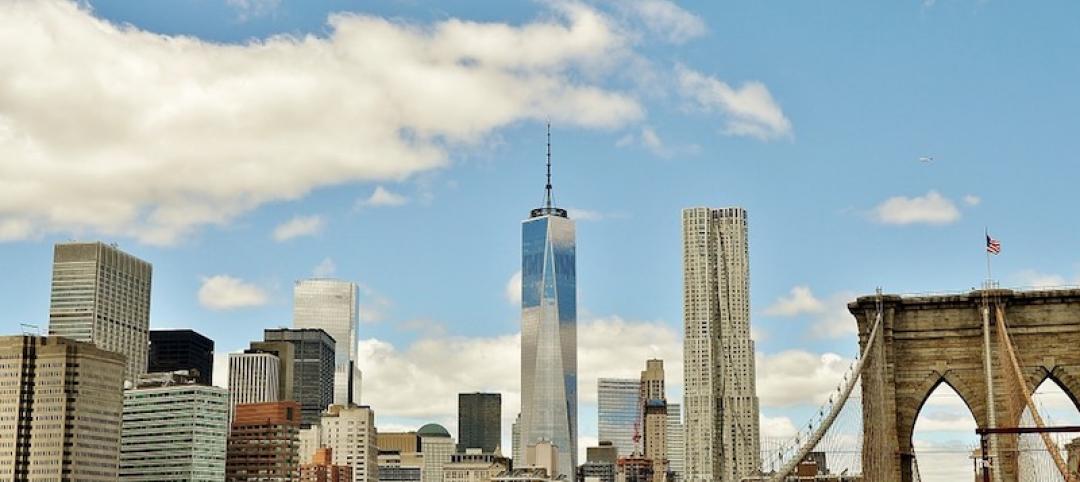The new International Building Code now allows for the use of weather-resistive barriers above 40 feet high.
Code restrictions had been designed to limit the use of combustible materials that might propagate flames. In the 2015 update, however, exceptions are allowed that recognize that in certain circumstances a weather-resistive barrier by itself would be a negligible contributor to the spread of flames.
This change should result in an energy efficiency boost in cases where builders have had to transition to less efficient methods of weather sealing above 40 feet. Weather-resistive barriers are now allowed in walls in which the water-resistive barrier is the only combustible component and the exterior wall has a fire-resistant wall covering of brick, concrete, stone, terracotta, stucco, or steel.
The material can also be used in walls in which the water-resistive barrier is the only combustible component and the water-resistive barrier has certain heat, flame spread, and smoke properties in accordance with ASTM E 1354 and ASTM E84 or UL723.
Related Stories
Codes and Standards | Apr 19, 2019
Notre Dame fire highlights danger of renovating historic structures
The devastating fire at Notre-Dame de Paris is the latest blaze to damage or destroy historic buildings while undergoing renovations. It highlights how vulnerable such structures are to fire while undergoing repairs.
Codes and Standards | Apr 19, 2019
Developers and owners can now join AIA 2030 Commitment
Organization offers tools and resources for working toward net-zero design.
Codes and Standards | Apr 19, 2019
New method of manufacturing cement removes CO2 from the air
Breakthrough could have significant impact on reducing greenhouse gas emissions.
Codes and Standards | Apr 12, 2019
Deadline nears on New York City sprinkler requirement for tall office buildings
The mandate applies to all buildings regardless of when constructed.
Codes and Standards | Apr 8, 2019
LEED v4.1 now available for cities, communities, residential/homes
The rating system emphasizes performance monitoring, fully integrated design, social equity, and human health.
Market Data | Apr 8, 2019
Engineering, construction spending to rise 3% in 2019: FMI outlook
Top-performing segments forecast in 2019 include transportation, public safety, and education.
Codes and Standards | Apr 5, 2019
Manhattan expected to adopt congestion pricing plan for automobiles
New York would be first U.S. city to charge drivers extra for downtown motoring.
Codes and Standards | Apr 4, 2019
Chicago makes major building code overhaul
Previous comprehensive changes were done 70 years ago.
Codes and Standards | Apr 3, 2019
Construction advanced materials makers can enhance industry efficiency with technology
Integration of new IT approaches in construction with new materials has potential to enhance sustainability, alleviate worker shortage.
Codes and Standards | Apr 2, 2019
Open offices reduce collaboration among employees
Counterintuitive finding makes value of wide open workspaces questionable.

















